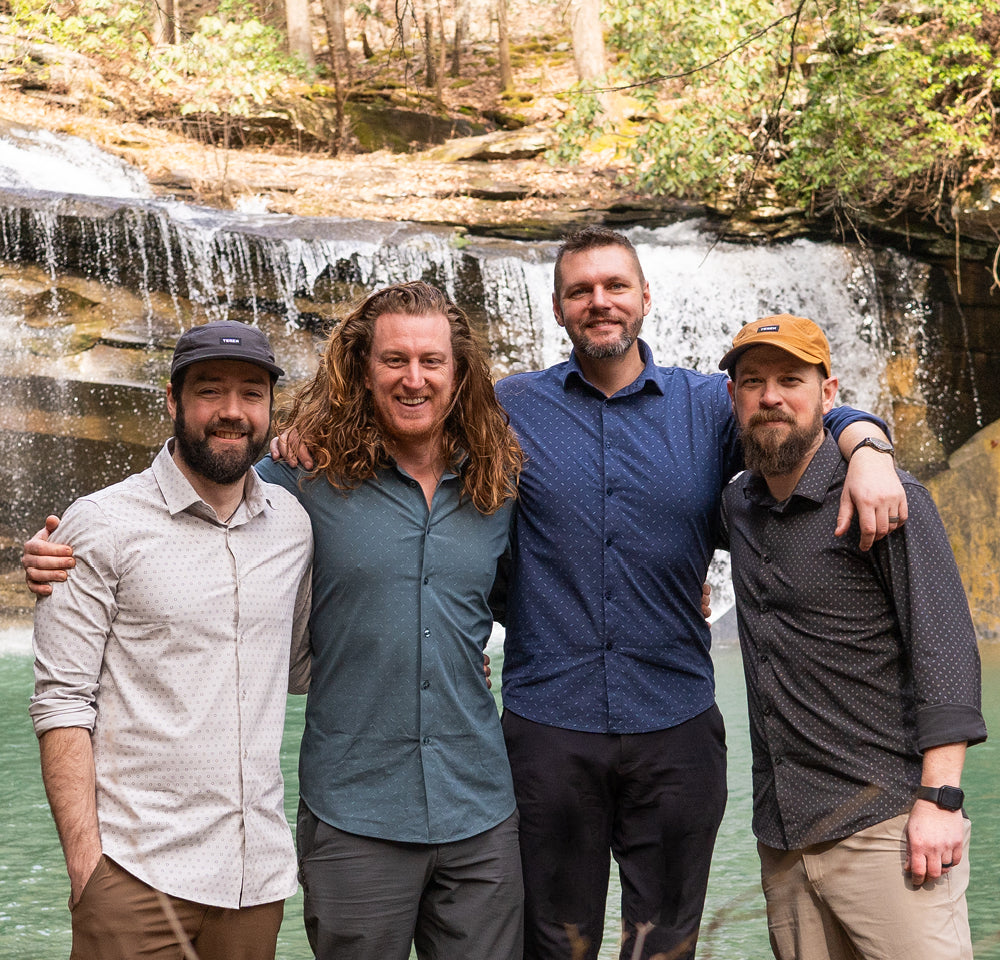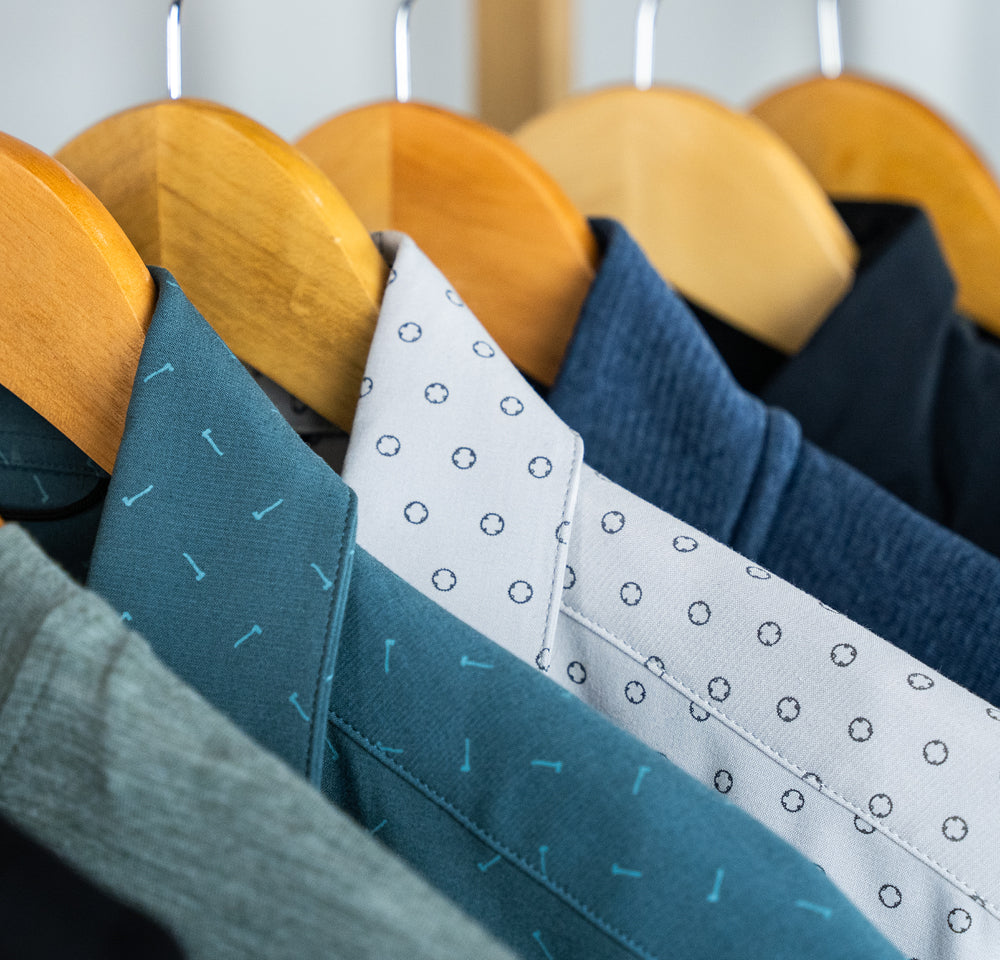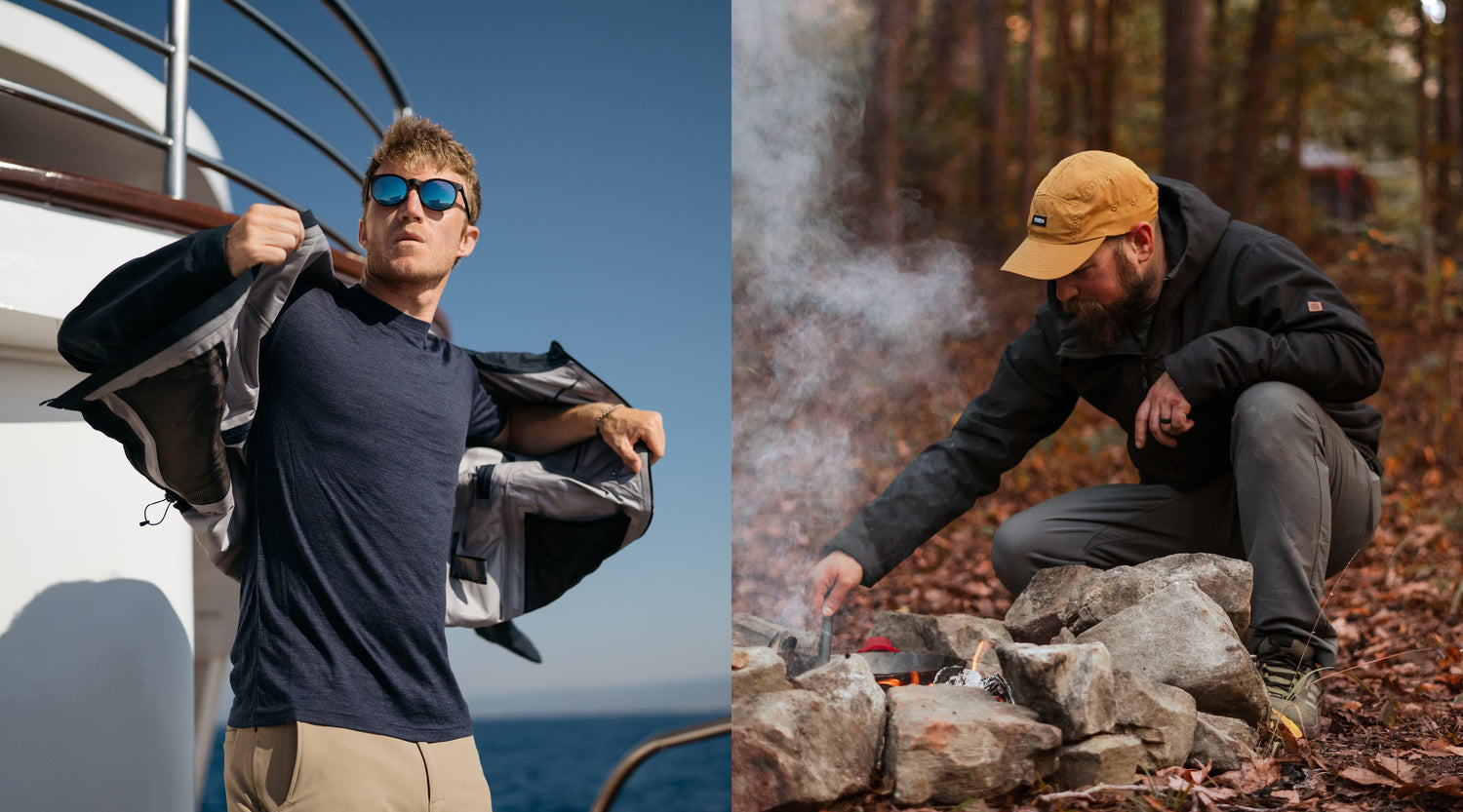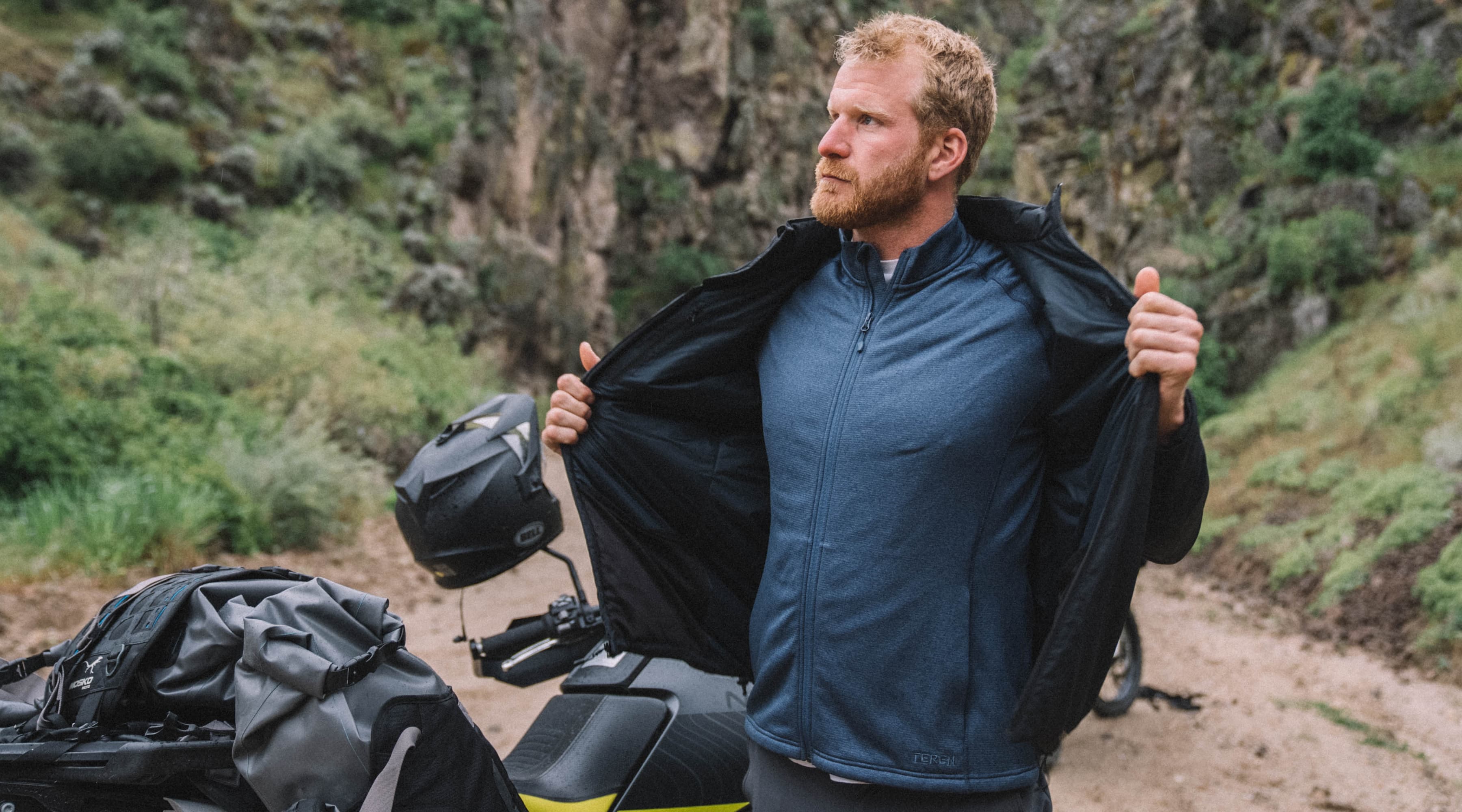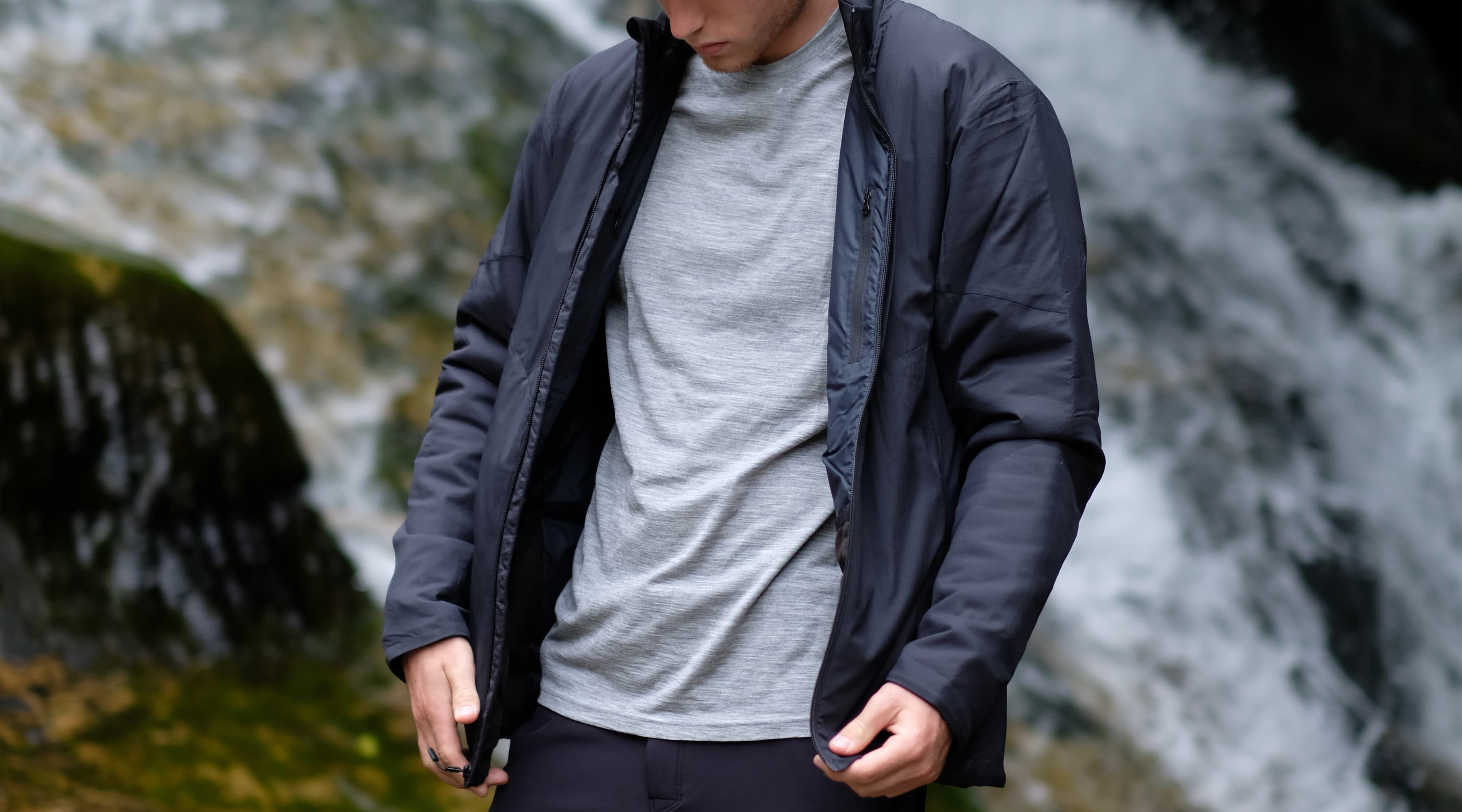When it comes to facing the elements outdoors, a reliable outer layer is your first defense against wind, rain, and snow. However, not all outer layers are created equal, and depending on your activity, you’ll need to decide whether you want a fully insulated jacket or an exterior shell that can be paired with other layers. (check out our base layers blog if you’re just not building your kit) Some adventurers prefer the simplicity of an all-in-one jacket like the Campfire Puffy Jacket, while others prefer the versatility of layering with a waterproof shell like the Cloudland Shell. In this guide, we’ll break down the differences between insulated and non-insulated outer layers, and why waterproofing should always be a top priority.
Why Does a Premium Outer Layer Matter?
Whether you’re trekking through a storm or facing gusty conditions on the streets of Chicago, a quality outer layer ensures you stay dry & comfortable. Without the right protection, even the best base & mid-layers won’t keep you warm once moisture gets through to your skin - that’s right.
Here’s why an outer layer is essential:
- Waterproofing: Not just water-resistance, keeps moisture out, ensuring you stay dry even in heavy rain or snow.
- Wind Protection: Shields you from strong winds that can quickly cool you down, even when insulated. Think about the last time you summited a 14er.
- Breathability: A good outer layer allows moisture from sweat to escape, preventing you from getting damp from the inside.
The Difference Between Insulated & Non-Insulated Outer Layers
Insulated Outer Layers
An insulated outer layer, like the Campfire Puffy Jacket, combines the roles of both a mid-layer and a shell, providing warmth & protection from the elements in one piece. Insulated jackets are great for cold weather because they trap body heat while also blocking wind and rain. With synthetic insulation like in this jacket, you also get the added benefit of staying warm even when wet—a crucial feature for unpredictable weather conditions.
Key advantages of insulated outer layers:
- All-in-One Warmth & Protection: Insulated jackets provide warmth, so you don’t need an extra mid-layer, reducing the number of layers you need to pack. This is for the person who likes to pack less and rely on singular pieces of gear.
- Waterproofing: A good outer layer is equipped with a waterproof membrane, keeping you dry in even the worst conditions. Yet, nowadays not all outer layers have a good membrane so do your research before dropping a few hundred bucks if you’re actually trying to stay dry.
- Durability: Built for rugged use, insulated outer layers are designed to be all-weather, ideal for cold-weather camping in unpredictable weather conditions.
Non-Insulated Outer Layers (Shells)
A non-insulated outer layer, like the Cloudland Shell, is essentially a waterproof & windproof barrier that doesn’t provide any insulation on its own. These are ideal for adventurers who prefer a layering system, where a separate mid-layer can be added for warmth when needed. This was you have more control and are more adaptable to the changing weather. This also means this shell can be a year-round piece of gear.
Key advantages of non-insulated outer layers:
- Layering Flexibility: You can pair an exterior shell with different mid-layers to customize your warmth level depending on the season and activity.
- Lightweight & Packable: Shells are typically lighter and more packable than insulated jackets, making them great for multi-day adventures or ultralight travel – like all of you one bag travelers out there.
- Waterproof Performance: Just like insulated outer layers, our Cloudland Shell features a waterproof membrane, providing full protection from rain & snow without the added weight of insulation.
Waterproof vs. Water-Resistant: Why Waterproofing Matters
One of the most important features of an outer layer is its ability to repel water. While some jackets are marketed as “water-resistant,” there’s a big difference between this and truly waterproof gear.
- Water-Resistant: These jackets will shed light rain for a short period but will eventually soak through during prolonged exposure to rain or snow.
- Waterproof: A waterproof jacket, like both the Campfire Puffy and our Cloudland Shell, includes a waterproof membrane that creates an actual barrier to water, keeping you dry even in heavy downpours.
A high-quality waterproof membrane, such as the DVAlpine 3-Layer Laminate by eVent Fabrics used in our Cloudland Shell, offers long-term protection in all weather conditions. In addition, both TEREN jackets feature taped seams, which prevent water from seeping in through stitching, ensuring complete waterproof coverage.
Why the Cloudland Shell Is the Ultimate Waterproof Outer Layer
The Cloudland Shell is built for those who need maximum protection from the elements without the added insulation.
If you’re facing prolonged exposure to heavy rain or harsh weather, the Cloudland Shell offers superior waterproofing. With a 20,000mm water column rating the Cloudland Shell is more capable of handling intense downpours and extended time in wet environments. While insulated jackets perform admirably in wet weather, they may eventually wet out in extreme or sustained conditions. In these cases, the Cloudland Shell is the best option for extreme rain, ensuring you stay completely dry during severe weather – Hyde, our marketing director walked the Portuguese Camino in September of 2024 where it rained 10 out of 12 days and he only experienced wet out once in the Cloudland Shell. That day, he did leave the hood down so was it really wet out or just a giant hole allowing water in on his last day to truly experience the rain walking into Santiago de Compostela..? You choose.
Key features of the Cloudland Shell include:
- Superior Waterproofing: The DVAlpine 3-Layer Laminate provides maximum protection, especially in heavy or prolonged rain, making it your go-to for harsh conditions.
- Lightweight & Breathable: This shell is designed to keep you dry without weighing you down, ensuring comfort during intense activities. Its Moisture Vapor Transfer Rate (MVTR) is a mind boggling 36,000 making it one of the best – if not the best – waterproofness to breathability ratio on the market currently.
- Layering Flexibility: As a shell, it pairs perfectly with mid-layers for customizable warmth depending on the conditions.
When to Choose an Insulated Outer Layer for Combined Insulation and Protection
For those who prefer a simplified layering system or someone who just runs cold, an insulated outer layer, like the Campfire Puffy Jacket, is an excellent choice. It provides the warmth of an insulated jacket with the waterproof protection of a shell, making it a versatile option for cold, wet conditions. Insulated jackets are perfect for adventurers who want a single jacket that can handle both mid-layer and outer layer duties. Key features include:
- Heavy-Duty Insulation: With its synthetic Primaloft Gold fill, this jacket provides excellent warmth even in wet conditions, making it a great choice for cold-weather adventures. Did you know synthetic insulation works while it’s wet - pretty neat.
- Waterproof Membrane: Like the Cloudland Shell, this jacket features a waterproof membrane to keep you dry in rain or snow. It’s water column is 10,000mm making it half as waterproof as the Cloudland Shell but still incredibly waterproof compared to most puffy jackets.
- Durable Design: Built to last, insulated outer layers are ideal for rugged, all-terrain adventures where warmth & protection are equally important. And we haven’t even mentioned it’s fire-resistant… seriously read more about that here.
Conclusion: Choosing the Right Outer Layer for Your Adventure
Whether you prefer the layering flexibility of the Cloudland Shell or the all-in-one warmth & protection of an insulated outer layer like the Campfire Puffy Jacket, the right outer layer can make all the difference in your outdoor activities. Both jackets offer the waterproof protection you need to stay dry in any weather, but your choice will depend on whether you value the ability to layer or want a single, insulated jacket for maximum warmth.
When planning your next adventure, make sure your outer layer is equipped with a reliable waterproof membrane—because staying dry is the most important element to staying comfortable and enjoying the journey.
And as Hyde always says, “Look good, feel good, safety third.”

